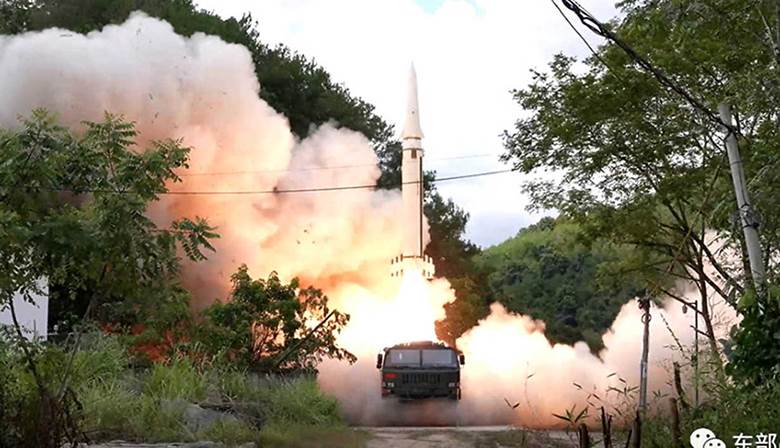Free Courses Sale ends Soon, Get It Now


Free Courses Sale ends Soon, Get It Now



Copyright infringement not intended
Context: Xi Jinping’s worldview carries with it an inherent contradiction — that of a world that is simultaneously China’s to lead and one that is apparently full of external threats. This paradox, more than any other factor, has shaped China’s diplomacy in the past decade
Details:
Core interests:
Saviour of the UN-centred world order:
Relationship with India:
https://epaper.thehindu.com/Home/ArticleView
© 2024 iasgyan. All right reserved